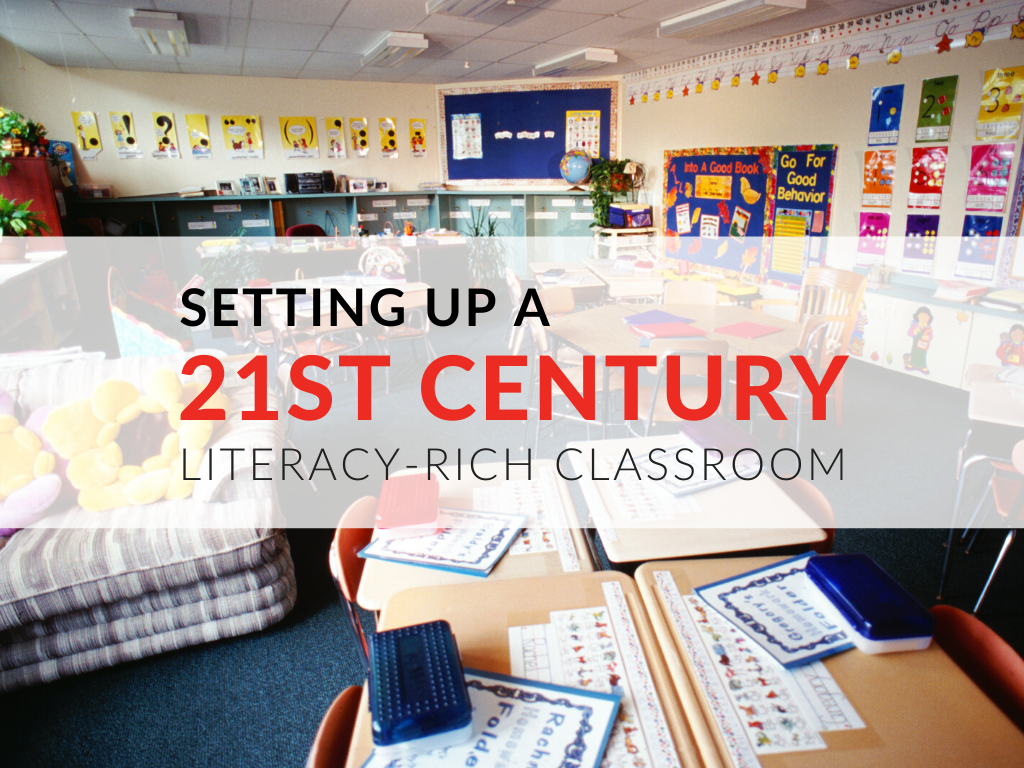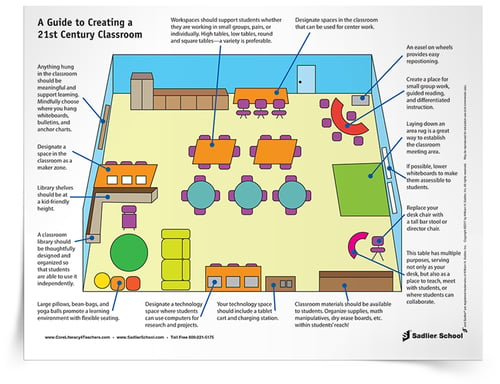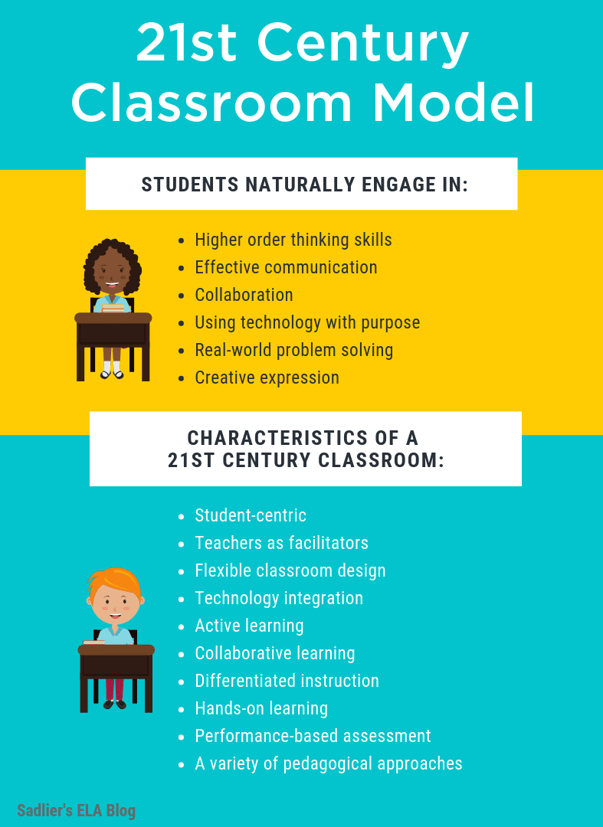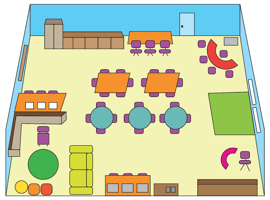1.800.221.5175
Reading & Writing
From Phonics to Reading
Grades K–3
|
Building Reading Success with Wiley Blevins
Grades K–5
Vocabulary
Vocabulary Workshop, Tools for Comprehension
Grades 1–5
Vocabulary Workshop Achieve
Grades 6–12+
|







 Ideally, the various arranged workspaces would support students whether they are working in small groups, pairs, or individually.
Ideally, the various arranged workspaces would support students whether they are working in small groups, pairs, or individually.